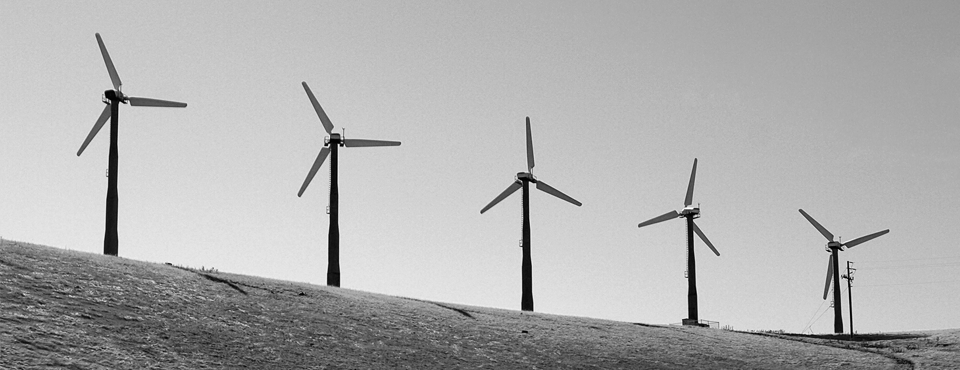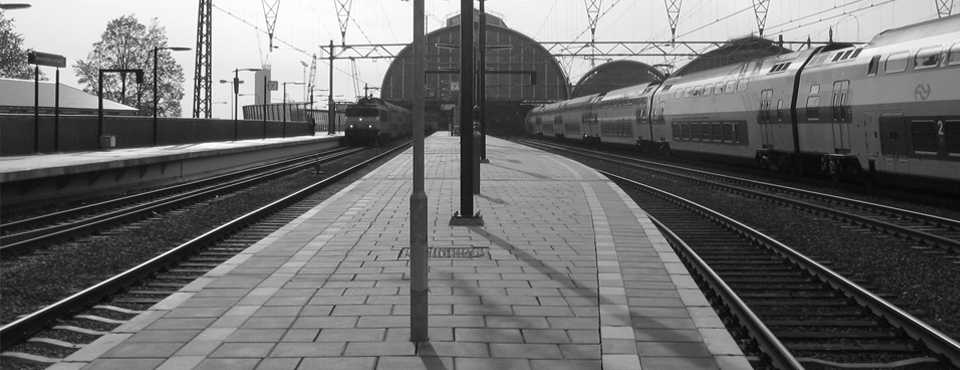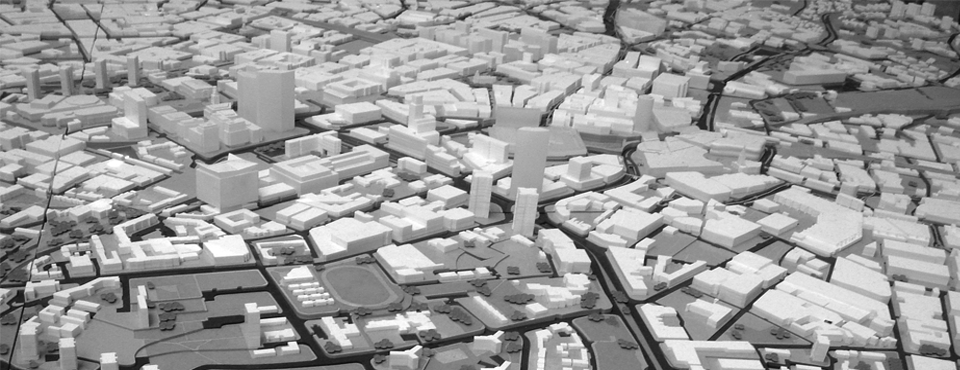
Renewable energy and negative externalities: the effect of wind turbines on house prices
By Martijn Dröes* and Hans Koster [click here for a Dutch version of this blog] Households are in general not in favour of having wind turbines in the vicinity of their property: wind turbines may cast shadows, and imply noise and visual pollution. However, in the Netherlands the goal set by the Renewable Energy Directive is to increase the…

The local impacts of climate change: Evidence from property prices around the world
According to the International Energy Agency, overall CO2 emissions are likely to reach 12-15 gigatons by 2030. The renown British economist Nicholas Stern (2008) warns that “The world would probably lose more than half its species. Storms, floods, and droughts would probably be much more intense than they are today.” These projections have strong implications for both the insurance industry and real estate markets.

Historic buildings and income sorting
Why is the city centre of Amsterdam with the canals so expensive? Why are people willing to pay more to live in Kralingen, Rotterdam, than in the city centre? One important reason, although it is certainly not the only one, seems to be the presence of historic buildings. In the Netherlands, but also in other…

The gains of trains
Congestion problems on the road and environmental constraints are causing a renewed interest for public transport. In the Netherlands, about a month ago, a major rail extension between Lelystad and Zwolle was opened. Further, in the last decade several new railway stations have been opened in the Netherlands (for example Halfweg-Zwanenburg, Sassenheim, see Figure). As is well known, railway improvements are extremely costly for society. It is therefore important to know if the society benefits from railway improvements, and more specifically, benefits from the opening of new stations.

The internal structure of cities: the economics of agglomeration, amenities and accessibility
[this is the summary of my dissertation; click here for the Dutch summary] Introduction We have seen a vast increase in the number of people residing in urbanised areas in the last two centuries. It rose from about 7.5 percent in 1800 to more than 50 percent nowadays (Huriot and Thisse, 2000; Glaeser and…
- « Previous
- 1
- 2
- 3
